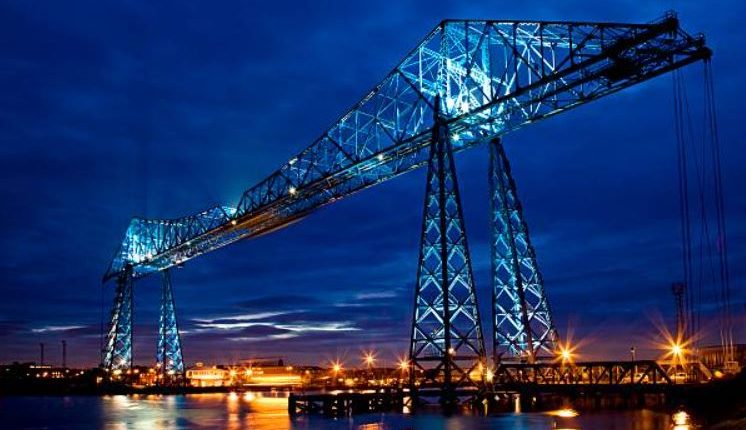Missouri’s 6 Most Impactful Bridge Collapses Revealed
Missouri, known for its vibrant cities like Kansas City and St. Louis, has also witnessed its fair share of tragic events, particularly concerning bridge collapses.
While this article does not aim to be an exhaustive account, it sheds light on some of the most devastating incidents in the state’s history. For those who fear bridges, brace yourself as we delve into the haunting stories of Missouri’s bridge collapses.
Bridges of Missouri
- Penecostal Bridge – A Weighty Gamble
On August 17, 2020, in Osage County, Missouri, a bridge on County Road 611 near Westphalia gave way under the weight of a semi-truck.
Ignoring the posted weight limit of 5 tons, the truck, carrying approximately 20 tons, collapsed the bridge while attempting to reverse. The incident raised questions about adherence to safety signs and the importance of respecting weight restrictions.
- Shady Grove Bridge – Fatal Falsework
The Shady Grove Bridge collapse on October 26, 2022, in Kearney resulted in tragedy for Connor Ernst, a 22-year-old construction worker who lost his life.
The collapse occurred due to improperly executed falsework using corroded steel and incomplete welds by Lehman Construction. This violation of OSHA requirements led to a fine and highlighted the critical need for proper construction practices.
- Platte Bridge – A Civil War Catastrophe
In 1861, the Platte River Bridge became entangled in the turmoil of the Civil War. Pro-Confederate guerrillas, known as Bushwackers, set fire to the lower timbers, making the upper trestles appear safe.
An oncoming train, unaware of the sabotage, collided with the weakened bridge, resulting in a derailment that claimed the lives of 12 people, mostly women and children.
- St. Charles Bridge – Partial Collapse in 1879
The Wabash Railroad Bridge, also known as the St. Charles Bridge, partially collapsed in 1879. Tragedy struck when 18 train cars plunged into the Missouri River, claiming the lives of five people. The incident underscored the challenges faced by Missouri during its historical reliance on bridges for both trains and horse-drawn wagons.
- Hyatt Regency Skybridge – Dance of Death
On July 17, 1981, the Hyatt Regency Hotel in downtown Kansas City hosted a fateful “tea dance.”
Two elevated walkways detached from their support beams, plummeting to the ground and causing the death of 114 people while injuring 200. The incident revealed the catastrophic consequences of compromised structural integrity and inadequate safety measures.
- Gasconade Bridge – Missouri’s First Major Collapse
The Gasconade Bridge collapse on November 1, 1855, stands as one of the worst in U.S. history.
An inaugural train named O’Sullivan attempted to cross the unfinished bridge, resulting in a catastrophic collapse. With 43 people killed and over 350 injured, this historic incident marked Missouri’s first major bridge failure, emphasizing the importance of thorough safety assessments and proper construction practices.
Learning from Tragedies, Building for the Future

As we reflect on these tragic events, Missouri’s history is marked by tragic bridge collapses that have left lasting impacts on the state’s infrastructure and communities.
From the historic Gasconade Bridge collapse in 1855 to more recent incidents like the Penecostal Bridge collapse in 2020, each event underscores the critical importance of adhering to safety regulations, proper construction practices, and ongoing maintenance.
The haunting stories of bridge failures, such as the Shady Grove Bridge collapse resulting from faulty construction practices, the Civil War-related catastrophe at Platte Bridge, and the devastating incident at the Hyatt Regency Skybridge, serve as reminders that compromised structural integrity can lead to catastrophic consequences.
These incidents highlight the need for continuous vigilance, adherence to safety standards, and thorough assessments of bridge conditions.
As Missouri continues to rely on bridges for transportation, lessons from the past tragedies must guide future infrastructure development to ensure the safety of those who traverse the state’s bridges.
The tragedies recounted here emphasize the ongoing importance of investing in robust safety measures and responsible engineering practices to prevent such devastating events in the future.

